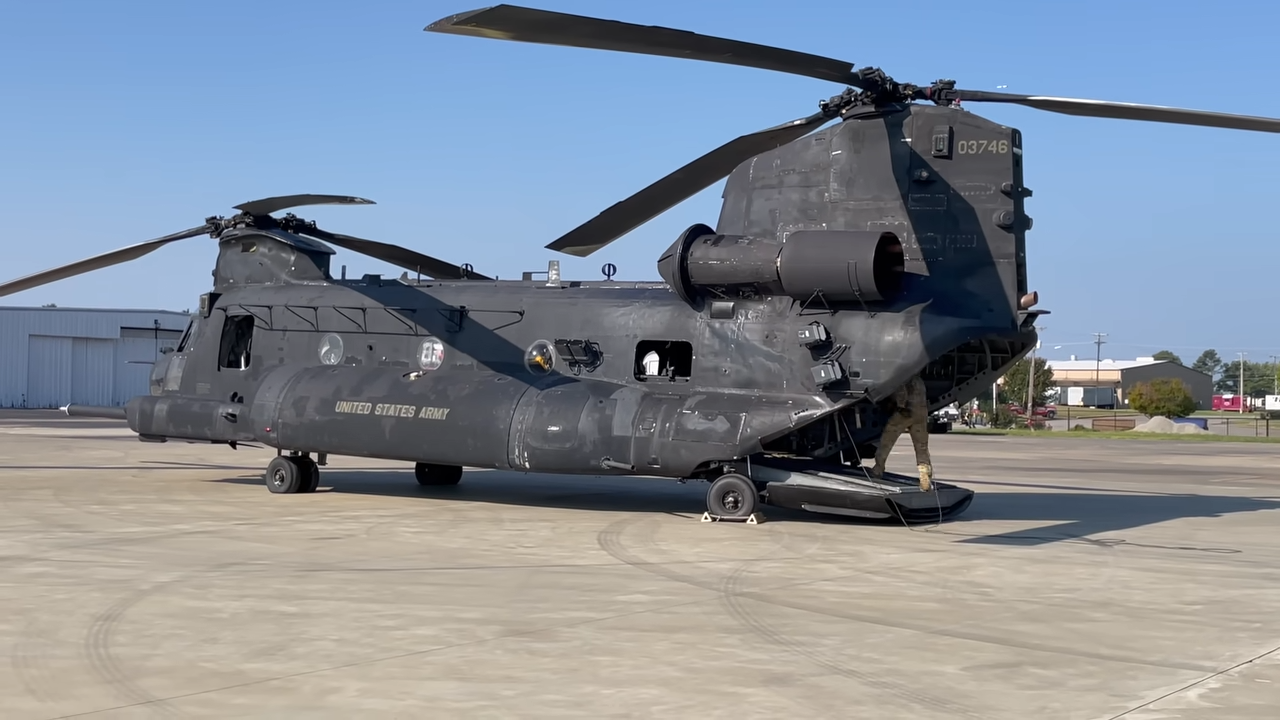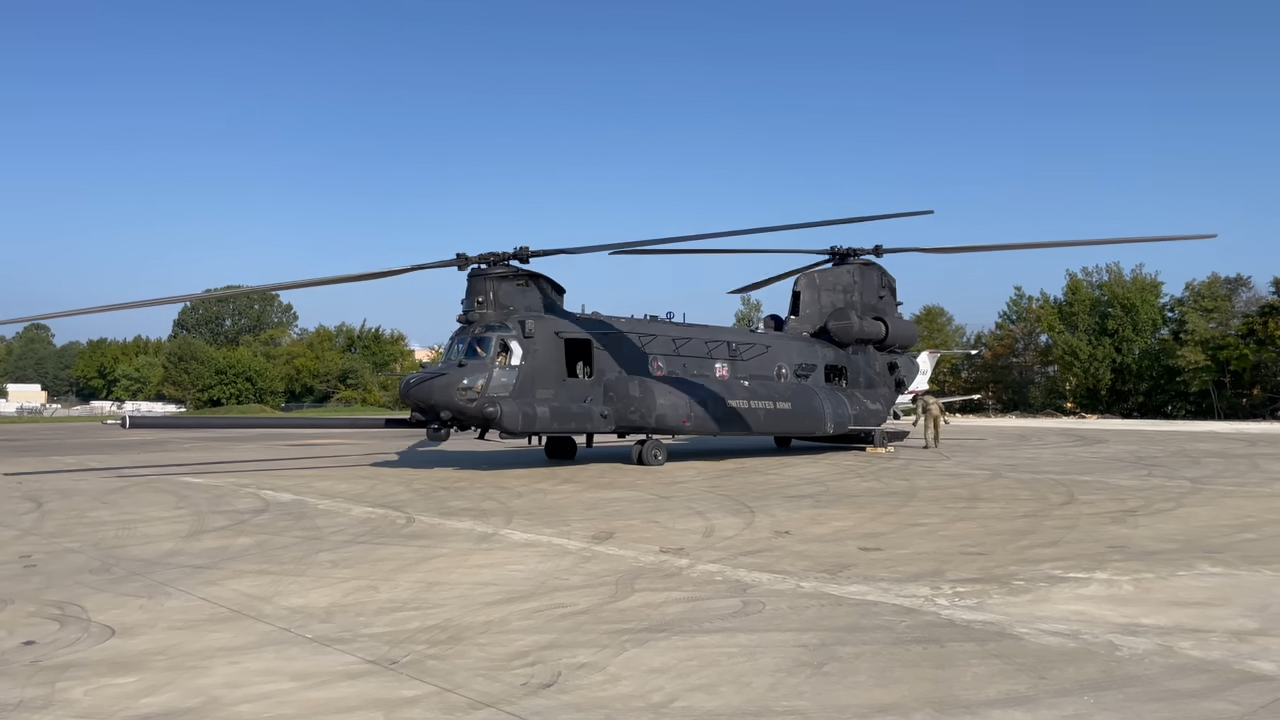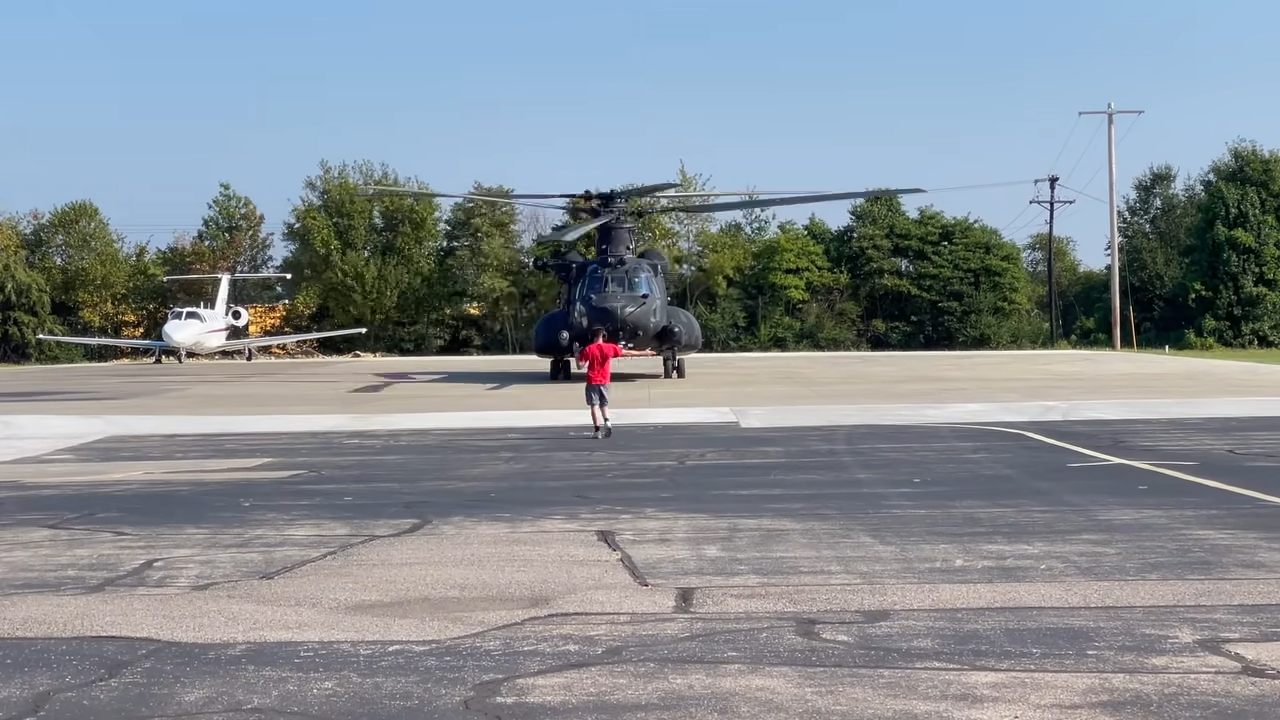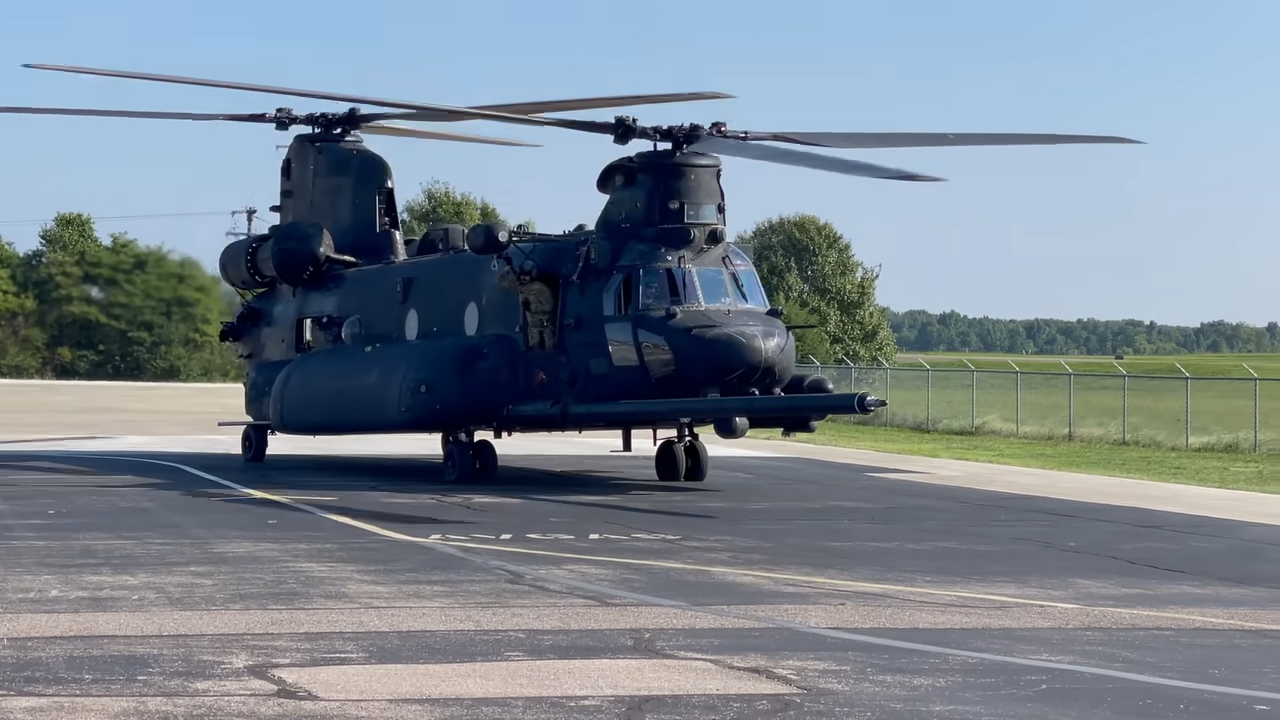The CH-47 Chinook is a marvel of modern aviation, celebrated for its versatility and power. This tandem rotor helicopter is primarily used by military forces around the world for troop movement, artillery placement, and battlefield resupply. This article delves into the intricate process of starting up and departing in a CH-47 Chinook, offering insights into the meticulous procedures that ensure its readiness for any mission.

Pre-Flight Checks: Ensuring Readiness
Before the Chinook even begins its startup sequence, a series of thorough pre-flight checks are conducted. These checks are crucial for verifying the aircraft’s airworthiness and operational status. The crew inspects the exterior, looking for any signs of damage or wear that could compromise safety. They meticulously check the rotor blades, fuselage, and landing gear.
Inside the cockpit, the pilots and crew members run through an extensive checklist. This includes verifying fuel levels, checking avionics, and ensuring that all control systems are functioning properly. Every switch, lever, and gauge is examined to ensure they are in optimal working condition.

The Startup Sequence: Bringing the Chinook to Life
Once the pre-flight checks are complete, the startup sequence begins. This process is a coordinated effort between the pilot and the co-pilot. The procedure starts with the auxiliary power unit (APU) being switched on. The APU provides the necessary electrical power to start the main engines and power the onboard systems before the engines are running.
Next, the pilots initiate the engine start sequence. The Chinook is equipped with two Honeywell T55-GA-714A turboshaft engines. One engine is started at a time, with the pilot monitoring the engine parameters closely. As the engine spools up, the rotor blades begin to turn, gradually increasing in speed until they reach the required RPM for lift-off.

System Checks and Final Preparations
With the engines running, the crew performs additional system checks to ensure everything is operating correctly. They verify the hydraulic systems, which are crucial for controlling the aircraft’s flight surfaces. The avionics systems are also checked to ensure they are providing accurate navigation and communication capabilities.
During this phase, the crew communicates with air traffic control to receive clearance for departure. They provide their flight plan and await instructions, ensuring that the airspace is clear for their intended route.
Departure: Lifting Off with Precision
With all systems go and clearance received, the CH-47 Chinook is ready for departure. The pilot smoothly increases the collective pitch of the rotor blades, generating lift and causing the helicopter to rise off the ground. The Chinook’s tandem rotor configuration provides exceptional stability and control, allowing it to hover and maneuver with precision.

As the helicopter ascends, the pilot adjusts the cyclic and pedals to transition from a hover to forward flight. The Chinook’s powerful engines and robust design enable it to carry heavy loads and operate in diverse environments, from arid deserts to dense jungles.
Conclusion: The Mastery of CH-47 Chinook Operations
The startup and departure of the CH-47 Chinook is a testament to the skill and coordination of its crew. Each step, from pre-flight checks to final lift-off, is executed with precision to ensure the safety and success of the mission. The Chinook remains a vital asset for military operations, embodying a blend of engineering excellence and operational expertise.





